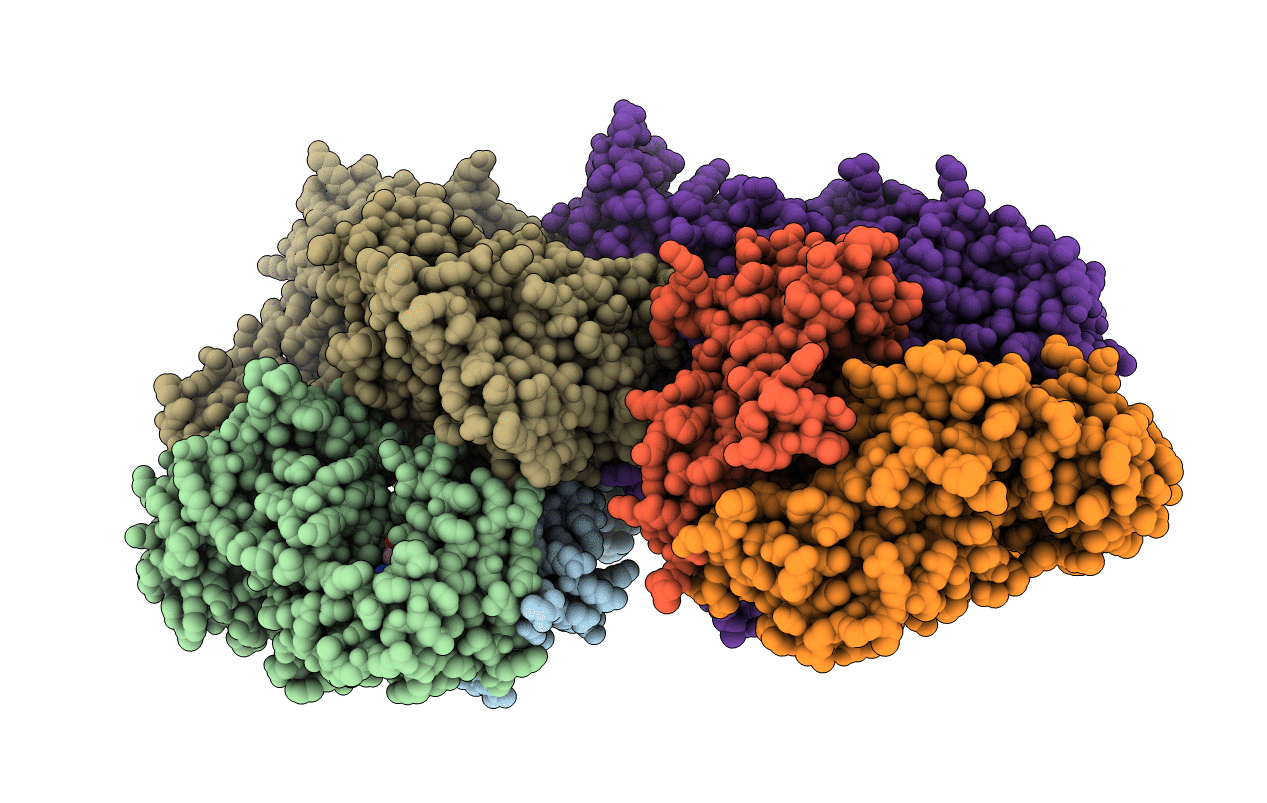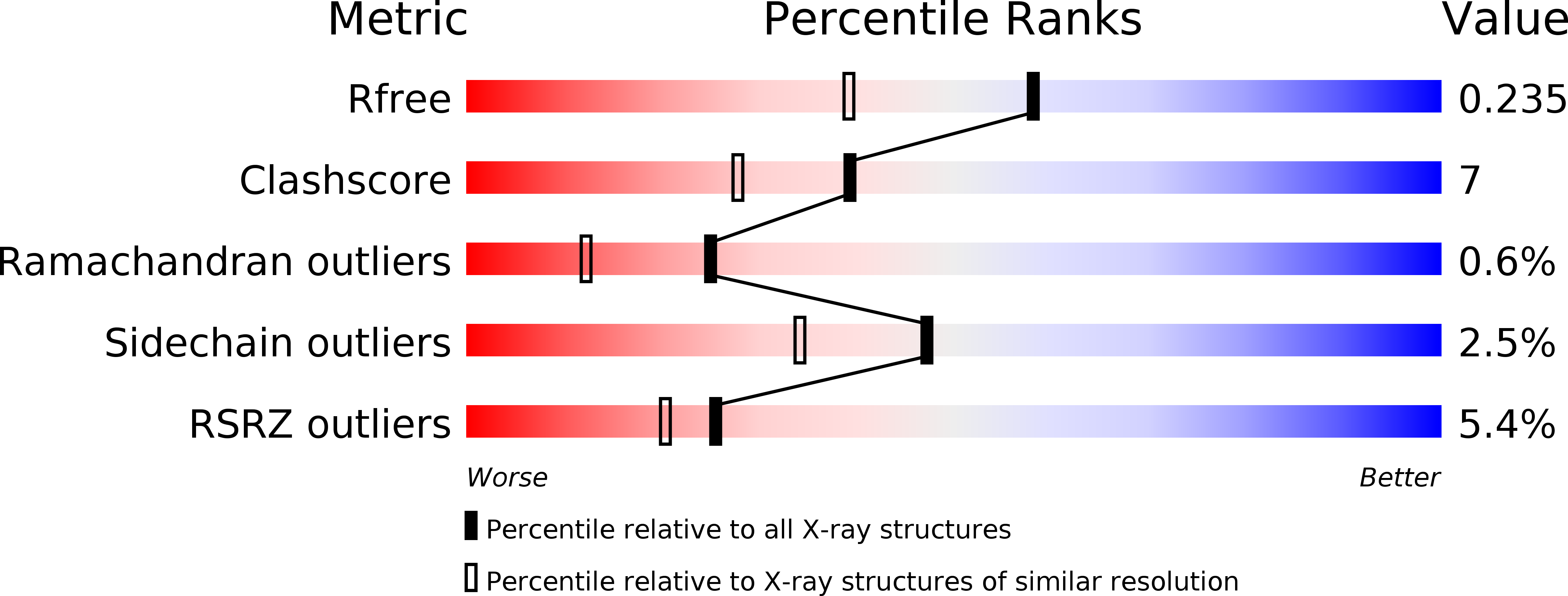
Deposition Date
2010-07-01
Release Date
2010-07-14
Last Version Date
2023-12-27
Entry Detail
PDB ID:
3NRZ
Keywords:
Title:
Crystal Structure of Bovine Xanthine Oxidase in Complex with Hypoxanthine
Biological Source:
Source Organism:
Bos taurus (Taxon ID: 9913)
Method Details:
Experimental Method:
Resolution:
1.80 Å
R-Value Free:
0.23
R-Value Work:
0.19
R-Value Observed:
0.19
Space Group:
P 1 21 1


